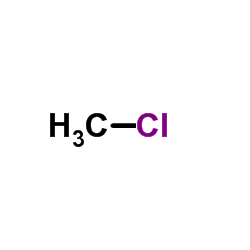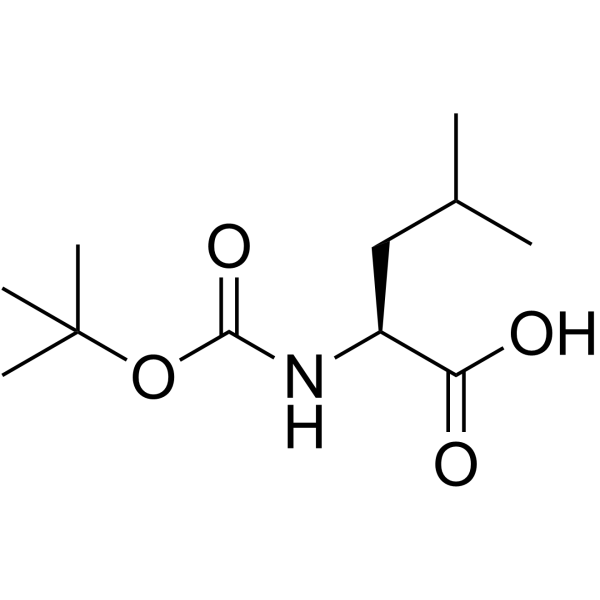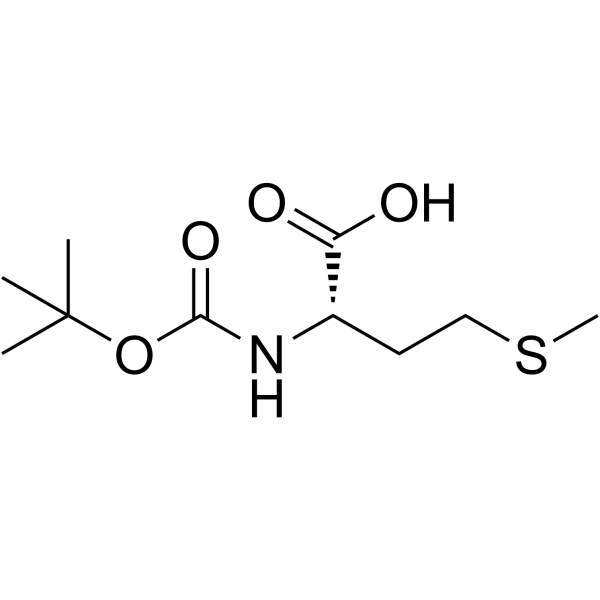Substance P acetate salt
Modify Date: 2024-01-02 11:01:52

Substance P acetate salt structure
|
Common Name | Substance P acetate salt | ||
|---|---|---|---|---|
| CAS Number | 33507-63-0 | Molecular Weight | 1347.630 | |
| Density | 1.4±0.1 g/cm3 | Boiling Point | N/A | |
| Molecular Formula | C63H98N18O13S | Melting Point | N/A | |
| MSDS | N/A | Flash Point | N/A | |
Use of Substance P acetate saltSubstance P is a neuropeptide, acting as a neurotransmitter and as a neuromodulator.The endogenous receptor for substance P is neurokinin 1 receptor (NK1-receptor, NK1R). Sequence: Arg-Pro-Lys-Pro-Gln-Gln-Phe-Phe-Gly-Leu-Met-NH2. |
| Name | Substance P |
|---|---|
| Synonym | More Synonyms |
| Description | Substance P is a neuropeptide, acting as a neurotransmitter and as a neuromodulator.The endogenous receptor for substance P is neurokinin 1 receptor (NK1-receptor, NK1R). Sequence: Arg-Pro-Lys-Pro-Gln-Gln-Phe-Phe-Gly-Leu-Met-NH2. |
|---|---|
| Related Catalog | |
| Target |
Human Endogenous Metabolite |
| In Vitro | The neuropeptide substance P (SP) that are mediated by the neurokinin 1 receptor (NK1-R) desensitize and resensitize, which may be associated with NK1-R endocytosis and recycling. SP and the NK1-R are internalized into the same clathrin immunoreactive vesicles, and then sorted into different compartments. SP is intact at the cell surface and in early endosomes, but slowly degraded in perinuclear vesicles. SP induces clathrin-dependent internalization of the NK1-R. The SP/NK1-R complex dissociates in acidified endosomes. SP is degraded, whereas the NK1-R recycles to the cell surface. SP induces internalization of the NK1-R both in transfected epithelial cells[1]. |
| References |
| Density | 1.4±0.1 g/cm3 |
|---|---|
| Molecular Formula | C63H98N18O13S |
| Molecular Weight | 1347.630 |
| Exact Mass | 1346.728149 |
| PSA | 544.43000 |
| LogP | -0.85 |
| Index of Refraction | 1.663 |
| Storage condition | −20°C |
| Water Solubility | H2O: 1 mg/mL | Soluble in water, DMSO, and Acetic Acid. |
| WGK Germany | 3 |
|---|
|
~% 
Substance P ace... CAS#:33507-63-0 |
| Literature: Tetrahedron Letters, , vol. 26, # 5 p. 623 - 626 |
|
~%
Detail
|
| Literature: Journal of Medicinal Chemistry, , vol. 25, # 1 p. 64 - 68 |
| UNII:675VGV5J1D |
| R-Phg-S-Leu |
| N-(Diaminomethylene)-L-ornithyl-L-prolyl-L-lysyl-L-prolyl-L-glutaminyl-L-glutaminyl-L-phenylalanyl-L-phenylalanylglycyl-L-leucyl-L-methioninamide |
| Aminophenylacetylleucine |
| L-Methioninamide, N-(diaminomethylene)-L-ornithyl-L-prolyl-L-lysyl-L-prolyl-L-glutaminyl-L-glutaminyl-L-phenylalanyl-L-phenylalanylglycyl-L-leucyl- |
| D-phenylglycyl-L-leucine |
| H-RPKPQQFFGLM-NH2 |
| Arg-Pro-Lys-Pro-Gln-Gln-Phe-Phe-Gly-Leu-Met-NH2 |
| neuropeptide substance P |
| RPKPQQFFGLM-NH2 |
| RPKPQQFFGLM |
| EINECS 251-545-8 |







